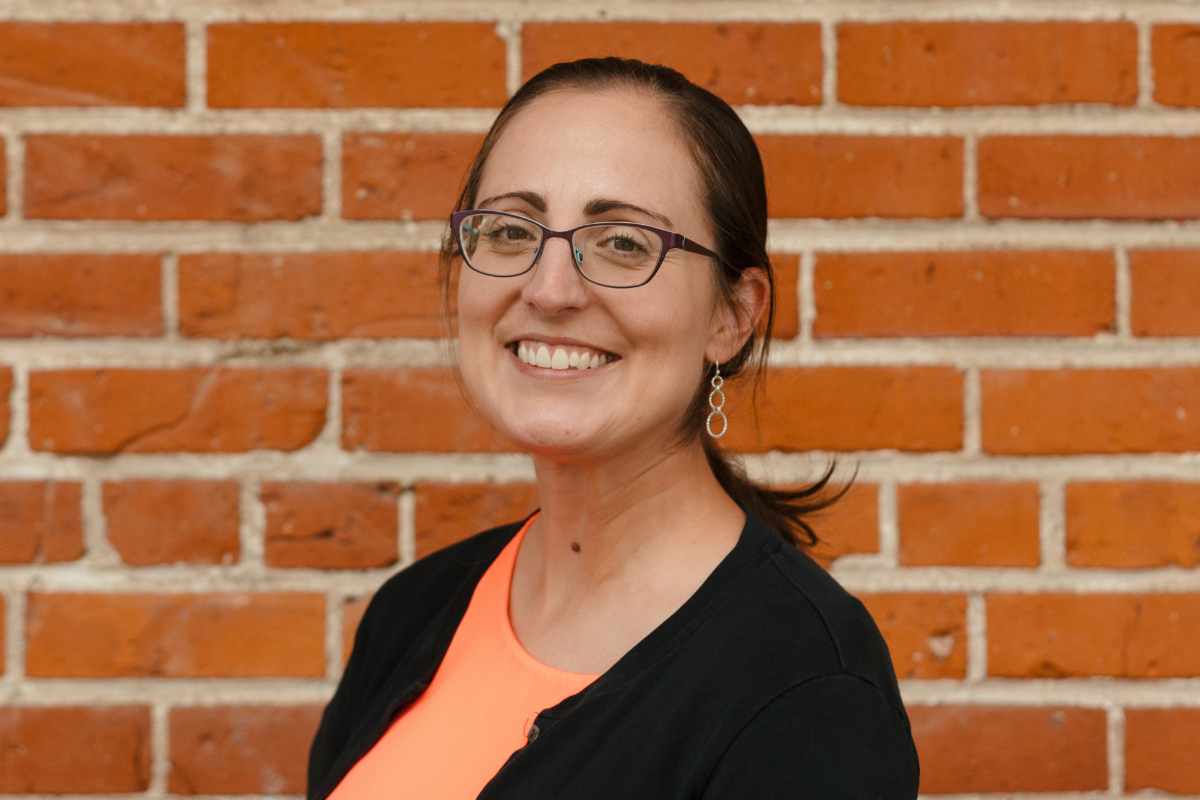The effective date for the new law couldn’t come at a worse time, according CATCH’s executive director
By Chuck Malloy and featured in Idaho Capital Sun, Idaho Press, and Idaho Statesman
Stephanie Day, the executive director of CATCH, has worked the better part of two decades trying to solve the problem with homelessness in southwest Idaho.
The Idaho Legislature has its own solution. On July 1, it will become a crime to sleep (in cars or otherwise) on public sidewalks, parks or public property regardless of the availability of emergency shelter beds. Cities that fail to enforce the law are subject to fines. The bill was labeled an “anti-camping” bill. It applies only to the larger cities in the Treasure Valley – Boise, Meridian, Nampa and Caldwell.
In Day’s view, the bill (Senate Bill 1141) has nothing to do with camping and everything to do with making life tougher for people facing homelessness.
“Camping is supposed to be fun, but we’re talking about people who are living unsheltered,” Day told me. “It’s not fun, and they are not making smores.”
Cassidy Landry of Eagle, who experienced homelessness first-hand in 2019, expressed her thoughts recently in a letter to the bill’s sponsors – Sen. Codi Galloway of Boise and Rep. Bruce Skaug of Nampa.
“It isn’t anti-camping, it’s anti-survival. During the months I spent sleeping in my car, I wasn’t embracing an outdoor lifestyle … I was simply trying to survive,” Landry said in her letter. “Today, I am successfully housed and stable because I had the opportunity to survive during these critical months. Passing SB1141 takes away that chance of survival and eventual success.”
The effective date for the new law couldn’t come at a worse time, according to Day.
“The summer months are when the most folks are unsheltered. It’s the busiest time of the year for our team,” Day says. “During the cold of winter, friends and family often let those without homes stay with them, but that changes as it warms up.”
Landry has personal experience with summer homelessness – a time when being handed a bottle of water becomes an act of kindness. Last year she wrote a commentary for Idaho Education News, discussing her experience.
“My car, which I once considered a safe haven, transformed into an unbearable oven under the relentless sun,” she wrote. “Sleep was elusive, and each morning I woke up exhausted, drenched in sweat and dreading the day ahead.”
Those hardships, according to Day, don’t always register on society – or the Statehouse politicians.
“A small percentage of the community will ever experience homelessness,” Day says. “On some level, when we drive by people who are living outdoors and are OK with their situation, we are not seeing them as fully human. There’s a feeling that those who are homeless should go to shelters, but there’s not enough space. There are more than 2,600 individuals experiencing homelessness in Ada County, and only 568 shelter beds.”
And, as Cassidy found out, the shelters are not necessarily the most inviting places – which is why she chose to live in her car.
In Day’s world, the law is one more challenge for CATCH to find housing for the homeless. Getting “affordable” housing, with sky-high rentals, is another issue. But CATCH managed to help 114 families last year and has served as a morale lifeline for many others.
Cassidy was one of the success stories. She found her way to Boise after a messy divorce in Houston, Texas, battled through unemployment, drug addiction and spent much of 2019 living in her car.
Today, she’s living in an apartment in Eagle with her 11-year-old son and 4-year-old daughter and says that life is good. She has a bachelor’s degree in social science, with an eye toward getting a master’s degree. She is starting a nonprofit that is aimed at providing one-stop shopping for social resources.
“I’m working on building that up, going to school and raising my babies,” she said. She’s also working at “paying it forward” with CATCH, telling her story to anyone willing to listen.
Homelessness is a complicated matter, but Day says the solution is quite simple, although horribly difficult to pull off.
“We know what to do with the various levels of programming,” she said. “The problem is getting enough people moving in the same direction. It comes down to will and coordination.”

